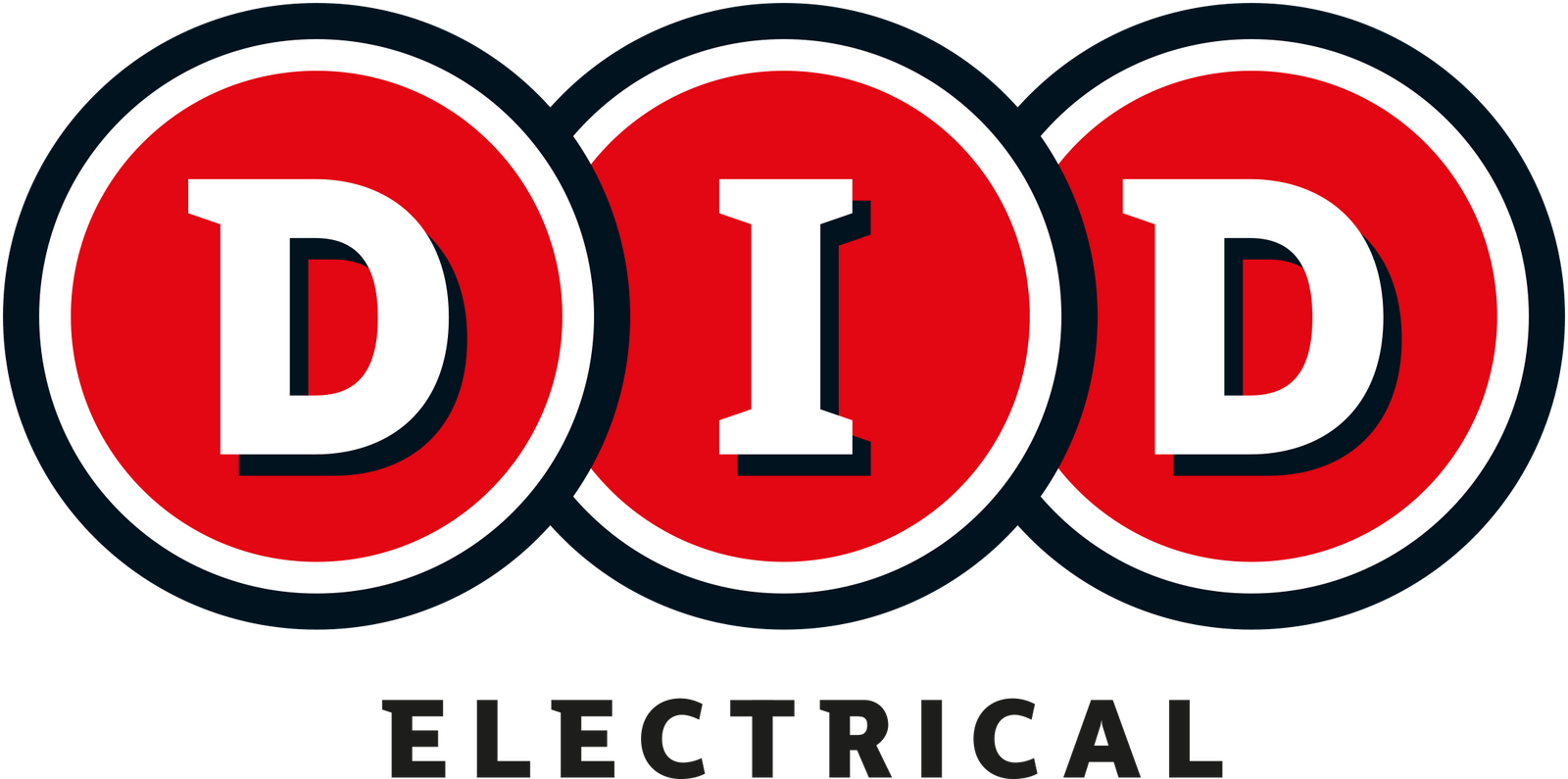Vinyl record players have been around for over a century, and yet they continue to capture the hearts and minds of music enthusiasts around the world. With the advent of digital music and the rise of streaming services, it may seem like record players would have fallen by the wayside. But instead, they have experienced a resurgence in popularity in recent years, with vinyl record sales increasing year after year. In this blog post, we'll explore the history of record players, why they remain relevant today, and what to look for when choosing a turntable.
The History of Record Players
The first record players were developed in the late 19th century and consisted of a hand-cranked mechanism that rotated a disc containing grooves that produced sound when a stylus was placed on them. These early record players were bulky and expensive, and it wasn't until the early 20th century that they became more accessible to the general public.
Throughout the 20th century, record players continued to evolve. The introduction of electrical amplification in the 1920s made it possible to produce higher-quality sound, and by the 1950s, record players had become a staple in homes around the world.
But with the rise of digital music in the 1980s and 1990s, record players fell out of favour. Many people saw them as outdated technology and vinyl record sales declined rapidly.
The Resurgence of Record Players
In recent years, however, record players have made a comeback. In 2021, vinyl record sales were up 108% compared to the previous year, and it's not just older music enthusiasts who are buying them. Younger generations are also discovering the joys of vinyl, with many citing the warm, rich sound of records as a major draw.
So why are record players experiencing a resurgence in popularity? One factor is nostalgia. Many people who grew up listening to vinyl records have fond memories of flipping through album covers and carefully placing the needle on the record. For these individuals, record players represent a return to a simpler time.
Another factor is the unique listening experience that record players provide. Unlike digital music, which is compressed and often compressed, vinyl records are an analogue format that offers a wider range of sound. This can make the music sound more natural and dynamic.
What to Look for When Choosing a Record Player
If you're interested in buying a record player, there are a few things you should consider. First, you'll want to think about your budget. Record players can range from less than $100 to several thousand dollars, so it's important to know how much you're willing to spend.
You'll also want to consider the features you need. Some record players come with built-in speakers, while others require external speakers. Some have automatic tonearms that can be set to lift and return the stylus when the record is finished, while others require manual operation.
Another important consideration is the quality of the turntable itself. Look for a turntable with a heavy, stable platter that rotates smoothly. The tonearm should be adjustable and have a high-quality cartridge that can read the grooves of the record accurately.
If you're interested in buying a record player, it's important to understand the most important features to look for. Below we'll cover the key features to consider when choosing a turntable.
Build Quality
The build quality of a record player is an important consideration. A well-built turntable will provide stable and consistent playback, which is essential for producing high-quality sound. Look for a record player with a sturdy plinth (the base of the turntable) and a heavy platter. These features will help to reduce unwanted vibrations and ensure that the stylus tracks the grooves of the record accurately.
Speed Control
Record players spin at two speeds: 33⅓ and 45 RPM. Some turntables also have a 78 RPM setting for playing older records. It's important to choose a record player that has accurate speed control, which will ensure that the music plays back at the correct speed. Look for a turntable with a quartz-locked motor, which provides highly accurate speed control and reduces speed fluctuations.
Tonearm
The tonearm is part of the turntable that holds the stylus and tracks the grooves of the record. It's important to choose a record player with a high-quality tonearm, as this will affect the accuracy and clarity of the sound. Look for a tonearm with adjustable tracking force and anti-skate controls, which will help to ensure that the stylus tracks the grooves of the record accurately.
Cartridge
The cartridge is part of the turntable that holds the stylus and converts the vibrations of the stylus into an electrical signal that can be amplified and played through speakers. There are two types of cartridges: moving magnet (MM) and moving coil (MC). MM cartridges are generally more affordable and easier to replace, while MC cartridges tend to produce higher-quality sound. Look for a record player with a high-quality cartridge that matches your preferences and budget.
Anti-Vibration Features
Vibration is the enemy of good sound quality. Any vibration in the turntable or the room can be picked up by the stylus and amplified, resulting in unwanted noise and distortion. Look for a record player with anti-vibration features such as a heavy plinth, an isolated motor, and shock-absorbing feet.
Connectivity
Finally, consider the connectivity options of the record player. Some turntables have built-in phono preamps, which allow them to be connected directly to a set of powered speakers or a stereo receiver. Other turntables require an external phono preamp, which must be connected between the turntable and the speakers or receiver. Choose a record player with connectivity options that fit your needs and preferences.










